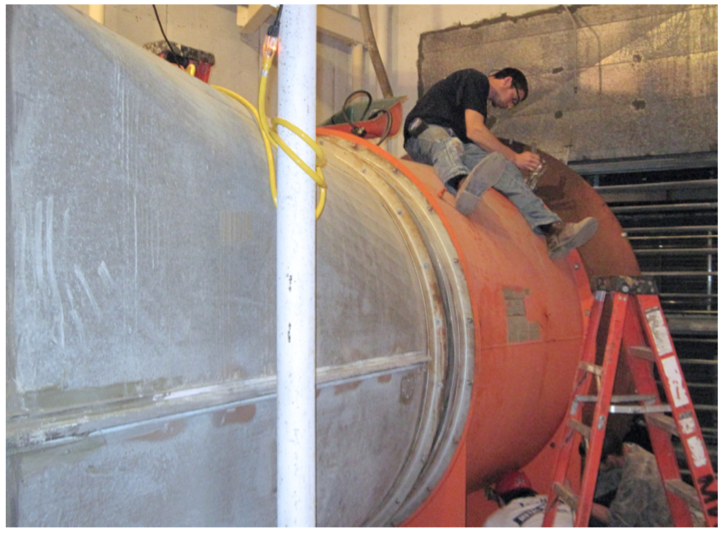

Hovers at 18% throttle, this drone is pretty powerful! However, as mentioned the motors are quite small for a 5″ quad, although it’s very light weight, they lack the torque to spin 5″ triblade props, they can’t quite change RPM fast enough and sustain high RPM. I get about 5-6 mins flight time on 6S 550mah (fast flying) which is really efficient! By default the motors run “props in”, but I’d prefer to have “props out” on this quad, which is less likely to get stuck when crash into gate/branches. Video can’t be loaded because JavaScript is disabled: Testing Emax Hawk Apex 6S 5" FPV Racing Drone (HDZero + ExpressLRS) ()įPV Camera is a bit loose even though the screws are tightened all the way, sometimes crashing can change the tilt angle. It’s using the Whoop VTX (not Whoop Lite), so SmartAudio is not supported.bind ELRS RX (comes with V2 ExpressLRS firmware).setup switches for arm, beeper and flip over after crash.USB doesn’t power RX, need to connect battery first then usb, otherwise it goes into DFU mode.Here’re what I did to set it up for first flight: The Emax Hawk Apex comes with Betaflight version: 4.3.0 (Jun 14 2022), board target is EMAXF7. I wish the battery pads were more sticky, they are a bit slippery and the battery can slide out in crashes and get ejected sometimes. Since it’s so low weight, not a single propeller even broke. And I had 10+ crashes in one day, it held up really well. The arms are 2.5mm thick carbon fibre, the frame is overall very stiff and strong, very little flex when trying to bend the arms with my hands. I will talk more about flight performance later on. But this quad is meant to be a light weight FPV racing drone so that might be okay. Motors are 2004 1600KV, arguably a bit small for 5″, especially racing. Not quite as good as DJI but still way better than analogue, not to mention latency is better and more consistent than DJI which is more important for racing. Image quality is great as you can see in my flight test. The FPV camera is Runcam Nano for HDZero which is a fantastic camera for the system. In fact I was testing it at 25mW and I can fly around within 200-300 meters around trees without any problems. The Hawk Apex is designed for racing and not really long range, so 200mW is plenty. The HDZero Whoop VTX doesn’t support SmartAudio, but you can still change power, channel and other VTX settings in the VTX menu using your radio sticks, practically it’s just like SmartAudio. Also USB doesn’t power the RX and I need to plug in the battery first to bind/test receiver. Not sure if it’s a bug or I just have a bad unit, I have to connect battery first before USB cable, otherwise the FC goes into DFU mode. The bottom board is an F7 flight controller with 25A BLHeli_S ESC integrated. There are only two boards in the FC stack, the top board is the HDZero VTX, Whoop VTX to be specific. Weight: 183g 185g without battery, 290g with 6S 550mAh.Receiver: PNP/ Emax ELRS 2.4GHz Receiver.Vtx & Camera: HDZero Whoop + Runcam Nano HDZero.Propeller: Avia 5030 TRIBLADE propeller.It comes with the following items in the box: You can also get some spare propellers here (the original 5030 props are not available at the time of publishing, but the iFlight 5030×3 are good alternatives): It does not come with batteries, get them here: I am reviewing the 6S version with ELRS receiver. There are two motor options, 2400KV (4S) and 1600KV (6S), and you can choose ExpressLRS receiver or no receiver.


 0 kommentar(er)
0 kommentar(er)
